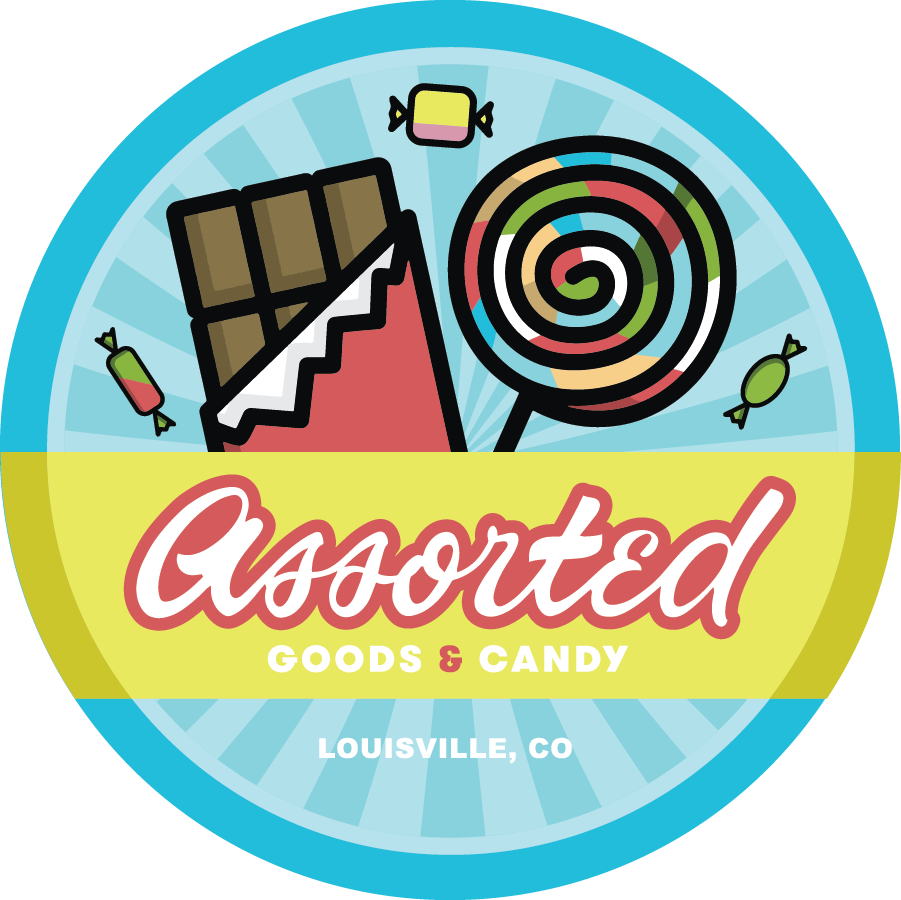Dubai Chocolate: The Most Popular Cocoa In Town
No offense to Switzerland and apologies to Belgium, but Dubai is quickly establishing itself as a premier chocolate producer. Highly regarded for its creamy texture, creative and novel ingredients, Middle Eastern flair, and elegance, Dubai is worth a try!
Read on to explore what makes Dubai chocolate a unique sweet-tooth experience.
The Basics of Dubai Chocolate
Dubai chocolate is made in the United Arab Emirates and infused with a variety of ingredients, including saffron, pistachio, rose, dates, and more. While it’s a popular chocolate choice for weddings, holidays, business meetings, and anniversaries, it’s also sought after by everyday chocolate lovers for its richness and flavor. Its bold variations (more on that below) don’t hurt either!
How Did Dubai Chocolate Get So Popular?
Sugar fiends and cocoa cravers are on to the wonders of Dubai chocolate. In Colorado, it’s become a popular pick partly because chocolate, in itself, is full of those who love cocoa-centered candies; according to Halloween surveys, chocolate candies rank as the most popular candies in the Centennial State. In other words, we’ve got a Mile High hankering for creamy, dreamy bites.
Of course, tourism in the UAE, high traffic in airport gift shops, and TikTok also contribute to the immense popularity of Dubai chocolate.
Milking it for All Its Worth
Another thing that makes Dubai chocolate so popular is that many types are made with camel milk, differentiating this chocolate from traditional candies (which are generally made with cow’s milk). Camel milk is renowned for its silkier, earthier flavor, as well as numerous health benefits.
Camel milk has immune-boosting properties and higher levels of vitamin C, iron, and calcium. It also has lower cholesterol and saturated fat levels, blood-regulation benefits, and improved digestibility.
A Golden Opportunity
As mentioned above, Dubai chocolate is well known for its elegance, but this word isn’t just used to describe its taste: Some Dubai chocolate is literally coated in gold. Gold becomes edible when it’s pure gold, as low-karat gold contains nickel and copper, potentially toxic metals.
High-karat gold (22K-24K, typically) is considered biologically inert, which means it’s not absorbed inside the body and goes through the digestive system unchanged. It’s also tasteless and odorless; it fancies up chocolate without changing its fabulous flavors.
Dubai chocolate covered in gold isn’t up everyone’s alley, mainly because it doesn’t jibe with everyone’s pocketbook. But for those with an especially stubborn sweet tooth and a craving for an out-of-the-box candy experience, gold-coated cocoa can make dessert even more decadent.
